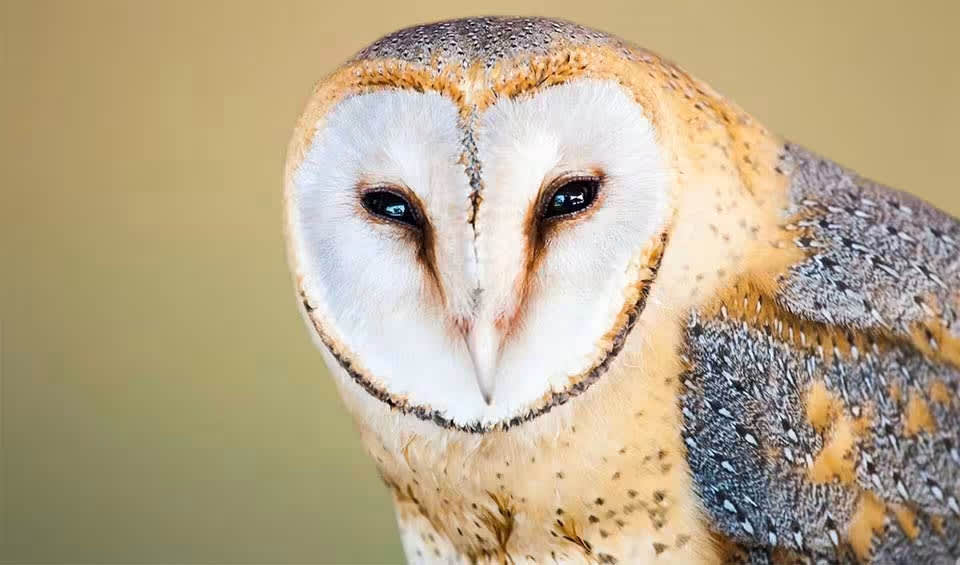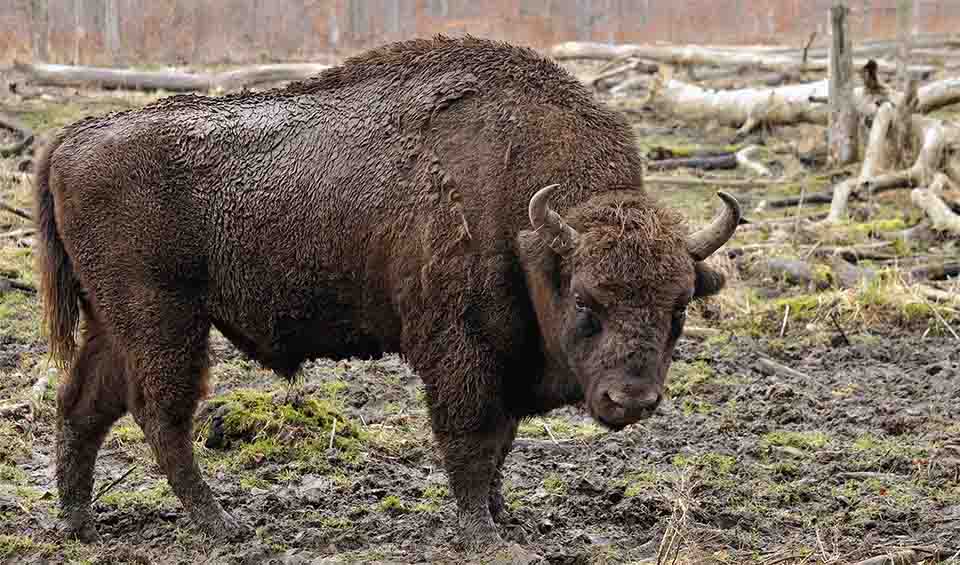Belarus, located in Eastern Europe, is bordered by Russia, Ukraine, Poland, Lithuania, and Latvia. The country covers an area of about 207,600 km² (80,155 mi²), making it slightly smaller than the UK. Belarus is primarily flat, with a landscape characterized by gently rolling hills, extensive forests, and numerous rivers and lakes. The country is divided into six regions: Brest, Gomel, Grodno, Mogilev, Minsk, and Vitebsk, with the capital city being Minsk. The highest point in Belarus is Dzyarzhynskaya Hara, which stands at 345 meters (1,132 feet) above sea level.
Belarus boasts rich biodiversity, particularly within its vast forests and wetlands. The country is home to a variety of wildlife, including European bison (wisent), wolves, lynxes, and a wide range of bird species. The Belovezhskaya Pushcha National Park, a UNESCO World Heritage site, is one of the last and largest remaining parts of the primeval forest that once spread across the European Plain. This park is a key habitat for the European bison. Belarus also has many rivers and lakes, which support diverse aquatic life.
Four pillars elaborated:
Belarus takes pride in its diverse and extensive network of protected areas, which cover over 8,000 sites, amounting to 7.8% of its territory. These areas play a crucial role in safeguarding precious natural landscapes, rare species, and important historical landmarks. Recently, in April 2024, Belarus unveiled its inaugural online map showcasing all these protected areas, offering easy access to information about these invaluable sites. This map serves as a valuable tool for researchers, tourists, and conservationists alike. Land Management
Land Management
Over time, Belarus’s protected areas system has seen significant expansion and development, with the country boasting 1,234 protected areas as of 2020, including national parks, reserves, and other designated sites, showcasing its dedication to preserving its abundant natural heritage.
Climate change poses a significant threat to biodiversity in Belarus, leading to habitat loss for boreal plant and animal species and a decline in populations of wild plants and animals in flooded, riverside, and wetland ecosystems. Additionally, the shifting climate has facilitated the migration of bird species from southern regions, heightening competition near water sources. The introduction of invasive species such as the American mink, giant hogweed, and Canadian goldenrod has further exacerbated the problem, outcompeting native Belarusian fauna. Threats to Biodiversity
Threats to Biodiversity
Anthropogenic activities also contribute to negative changes, including changes in land use patterns, the spread of weeds in natural habitats, pollution, habitat fragmentation from urbanization and infrastructure development, alterations to natural hydrological systems, conversion of complex forests to monoculture plantations, recreational activities, and forest fires. Furthermore, the aftermath of the Chernobyl nuclear disaster continues to impact some species of wild plants with limited ecological adaptability. Forests in Belarus face additional threats from outbreaks of forest pests, diseases, hurricanes, and fires, which collectively contribute to their damage and destruction.
Belarus has made significant strides in protecting its natural heritage, with specially protected areas covering 7.7% of the country’s territory. When including areas with special protection, such as water conservation zones and habitats for rare species, this figure rises to 22.1%. Efforts to restore broad-leaved forests have led to a 15.8 thousand hectare increase in oak forest area since 2000, contributing to a rise in the total forest area to 38% of the country’s total area by 2008. Capacity and Governance
Capacity and Governance
Supported by funding from organizations like the UNDP, GEF, and European Commission, landscape conservation projects have focused on wetlands, river basins, and forests, including collaborations with Poland and Lithuania. The Polessie State Radio-Ecological Reserve has undergone strict protection measures post-Chernobyl, fostering the restoration of native fauna due to reduced human activity. Belarus has also seen success in species conservation projects, such as the mute swan and European lynx, with efforts underway for the greater spotted eagle and great snipe. Additionally, rural tourism initiatives, ecological education tours, and wildlife photography have been promoted for socioeconomic development under the National Program for Tourism Development.
Belarus places significant emphasis on preserving its wetlands, river basins, and forests as part of its biodiversity conservation efforts. Initiatives such as the Polesia wetlands project and collaborative efforts with neighboring Poland underscore the country’s commitment to safeguarding these vital ecosystems. Through these projects, Belarus seeks to protect biodiversity, enhance ecosystem resilience, and promote sustainable management practices. Future Trends
Future Trends
Biodiversity
Belarus, situated in Eastern Europe, boasts a rich and diverse biodiversity, largely due to its extensive forested areas, wetlands, rivers, and lakes. The country is home to the Białowieża Forest, one of Europe’s last and largest remaining parts of the primeval forest that once spread across the European Plain. This UNESCO World Heritage site is famous for its ancient trees and diverse wildlife, including the European bison, wolves, lynxes, and a variety of bird species. The forest’s biodiversity is further enriched by its complex mosaic of habitats, which include mixed woodlands, meadows, and wetlands.Belarus’s wetlands are particularly significant, with the Pripyat River floodplain and the extensive Polesia region being notable examples. These wetlands are vital for numerous bird species, especially migratory waterfowl such as the greater spotted eagle, aquatic warbler, and black stork. The country’s numerous rivers and lakes, including the Dnieper, Berezina, and Narach Lake, support a variety of aquatic life and provide essential habitats for fish, amphibians, and aquatic plants. Additionally, Belarus’s meadows and grasslands are home to a wide range of plant species, many of which are rare or endemic to the region.
In the table below are the number of known species in several main groups, how many of these species are Threatened with extinction, and how many of them are Endemic (unique to Belarus only):
| Species (World rank) |
Threatened | % Threatened | Endemic | % Endemic | |
|---|---|---|---|---|---|
| Mammals | 72 (#148) | 4 | 5.6% | ||
| Birds | 263 (#149) | 11 | 4.2% | ||
| Reptiles | 7 (#193) | ||||
| Amphibians | 15 (#121) | 4 | 26.7% | ||
| Fishes | 58 (#199) | 3 | 5.2% | ||
| Plants | 12,000 (#24) | 54 | 0.5% |
mammals
Brown bear
The second largest bear, right after the polar bear. Sadly, it well might top the list soon
Moose
They are so tall, that they prefer to feed on higher shrubs and grass, as lowering their head to the ground can be difficult!
Eurasian beaver
The furry flat-tailed mammal that builds its own aquatic empire
birds
Saker falcon
Their keen vision enables them to scan vast landscapes, identifying small movements or potential prey items even from high altitudes
Barn owl
The most cosmopolitan of owls with home ranges extending across the globe
Mallard
This invasive species is the ancestor to most of the modern ducks
reptiles
European adder
A venomous snake native to Britain and found all across Europe
European pond turtle
At the first sign of danger, it will quickly dive into the water and hide
Grass snake
One of the most common reptile of the European wetlands
amphibians
Common frog
It is one of the most widespread and familiar amphibians in Europe
Smooth newt
They have the ability to regenerate lost limbs and other body parts, a superpower in the animal kingdom!
Common spadefoot
Can produce a peculiar garlic-like smell when threatened, which acts as another line of defense to deter predators
National Animals
European bison
Habitat destruction & overhunting led to extinction in the wild, now gradually being reintroduced
White stork
The folktale bird that brings the babies!


















